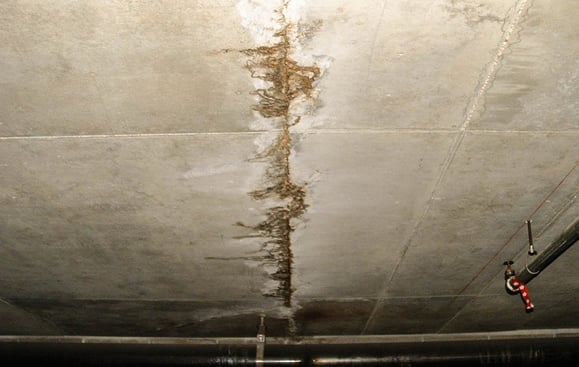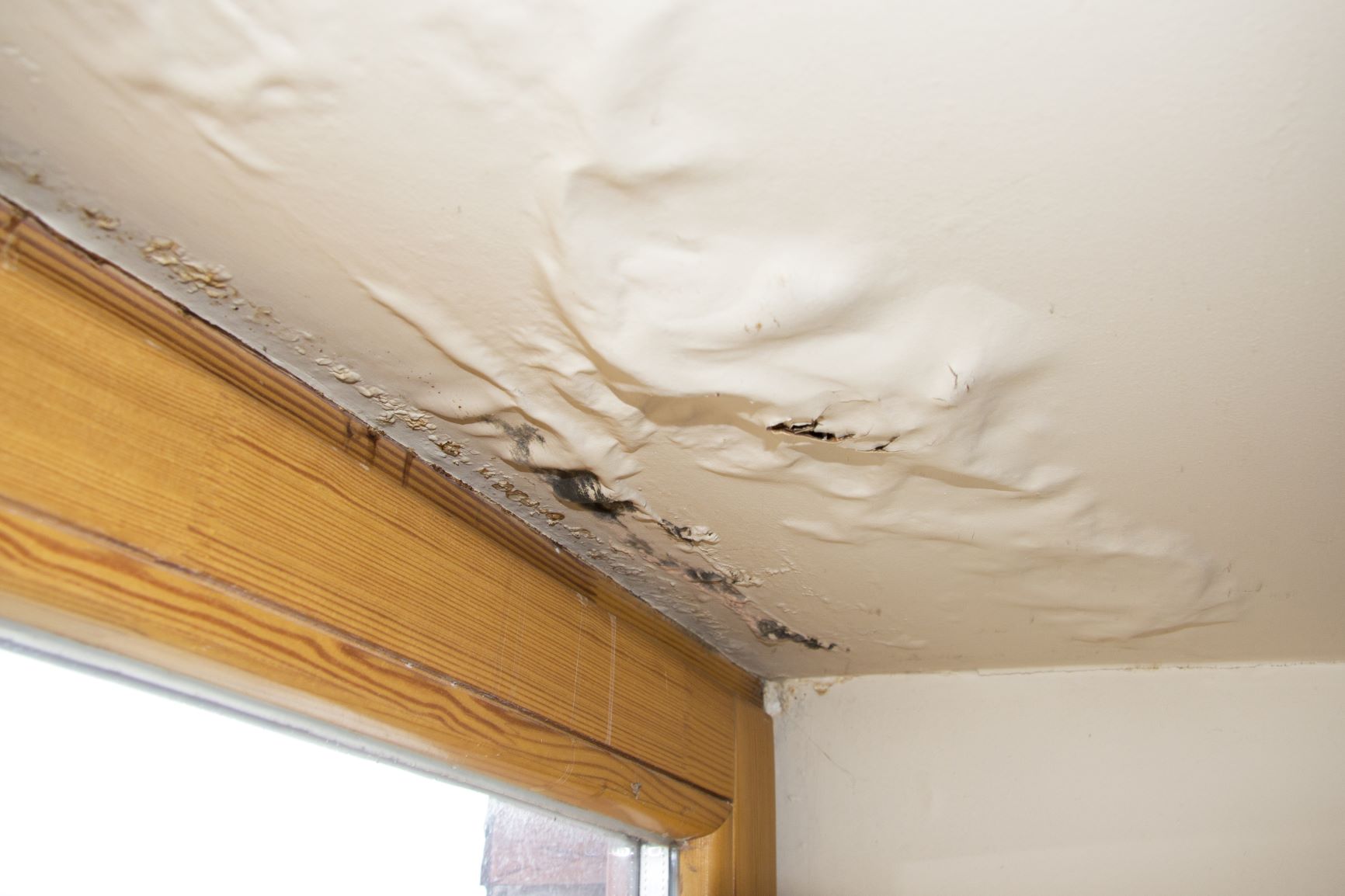The Process of Water Damages Cleaning: Ensuring Your Home Is Restored Efficiently
Water damages can be a difficult obstacle for homeowners, requiring a organized and meticulous cleanup process to recover safety and performance. damage restoration services. Following this, effective water removal techniques play an essential function in reducing more harm.
Assessing the Damage
Upon finding water damages, the very first step is to extensively examine the degree of the influence. This preliminary analysis is crucial, as it aids establish the required actions for effective clean-up and repair. Begin by checking the influenced areas, including walls, ceilings, floorings, and personal belongings, to determine the resource of the water breach, whether from flooding, leakages, or condensation.
Recording the damages is important for both insurance coverage claims and preparing repair efforts - damage restoration services. Usage photos and written notes to catch the extent of the damages, keeping in mind any type of afflicted architectural components and materials. Pay special attention to locations that might not be promptly noticeable, such as behind wall surfaces and under carpetings, as concealed wetness can bring about further problems, consisting of mold and mildew growth
Furthermore, evaluate the timeline of the water direct exposure. The longer the products remain damp, the higher the potential for damage. Understanding the period of direct exposure will certainly notify the urgency of remediation efforts. Inevitably, a detailed assessment lays the foundation for an effective water damages cleaning process, making sure that all impacted locations are addressed effectively and extensively.
Water Removal Techniques
.jpg)
Professionals usually utilize completely submersible pumps for larger volumes of water, which can rapidly relieve flooding in cellars or other impacted locations. For smaller sized amounts, wet/dry vacuum cleaners are commonly used to extract recurring moisture from carpets and hard surface areas. Furthermore, making use of portable extractors enables targeted removal in constrained areas or locations with fragile materials.
In instances of polluted water, such as sewer or floodwater, progressed extraction strategies might entail using biohazard equipment to ensure security and compliance with health guidelines. High-powered removal devices are vital in lessening water retention in structural products, which can result in mold and mildew growth and architectural degeneration otherwise resolved without delay.
Eventually, the effectiveness of water removal methods plays a critical role in the total success of the water damage clean-up process, preparing for subsequent restoration initiatives.
Drying and Dehumidification
When standing water has been efficiently removed, the next critical stage in the water damages cleanup process is drying and dehumidification. This action is important to prevent additional damage and mold and mildew growth, which can happen within 24 to 48 hours in moist environments.
To accomplish effective drying, customized devices such as industrial-grade air moving companies and dehumidifiers is employed. Air moving companies circulate air throughout damp surfaces, boosting evaporation prices, while dehumidifiers reduce humidity degrees airborne, advertising a favorable setting for drying. The mix of these tools guarantees that dampness is drawn out from home furnishings, wall surfaces, and floors, allowing them to dry completely.
It is very important to keep an eye on the drying out process carefully. Specialists typically make use of dampness meters to evaluate the wetness material in numerous products, ensuring that all impacted locations get to acceptable dry skin levels. This precise technique aids to avoid surprise dampness pockets that could cause architectural damage or undesirable mold and mildew development.

Cleaning and Disinfecting
After the drying out and dehumidification phase is full, the next vital action in water damage clean-up is cleaning up and disinfecting the influenced areas. This procedure is crucial to avoid the development of mold and mildew, bacteria, and other pathogens that flourish in damp settings.
The cleaning stage commonly involves removing any type of particles, dust, and pollutants from surfaces making use of specialized cleaning representatives. For tough surfaces, a mix of soap and water or industrial cleaning items is usually used. Soft products, such as upholstery and carpetings, might call for much more extensive cleaning methods, including water damage restoration iphone vapor cleansing or deep removal strategies, to make certain detailed hygiene.

Sterilizing complies with cleansing, utilizing EPA-approved anti-bacterials to remove unsafe microbes. This step is essential, particularly in areas that might have entered contact with floodwaters or sewer, as these resources can present severe health dangers.
In addition, it is vital to attend to any staying odors, which might call for making use of odor neutralizers or innovative strategies like ozone treatment. Correct cleaning and disinfecting not only recover the security and health of your home however additionally lay the foundation for effective restoration and repair work in subsequent stages of the water damage clean-up procedure.
Reconstruction and Fixings

Once the assessment is full, reconstruction initiatives can begin. Furthermore, floor covering may need comparable interest, depending on the degree of water direct exposure.
It is crucial to engage knowledgeable remediation specialists during this process, as they possess the knowledge to take care of intricate repairs effectively. They can help reduce potential future problems, such as mold growth or architectural instability, thus guaranteeing a habitable and risk-free living setting. Ultimately, reliable restoration and fixings recover the home's stability and enhance its general worth.
Conclusion
To conclude, the process of water damage cleaning is critical for bring back a home to its pre-damage problem. Each stage, from assessing the damage to applying effective water extraction methods, complied with by detailed drying, sterilizing, and needed repairs, plays a necessary role in making sure safety visit this website and conformity with structure standards. Efficient implementation of these actions not just minimizes immediate damage but additionally enhances the long-term integrity and worth of the property.
Water damages can be a difficult challenge for property owners, requiring a organized and careful cleanup procedure to bring back safety and security and capability. Eventually, an extensive analysis lays the groundwork for an effective water damages cleaning process, making sure that all affected he has a good point areas are dealt with effectively and completely.
Reliable water extraction techniques are important in mitigating damage and stopping further problems adhering to a water intrusion event.In final thought, the procedure of water damages cleanup is important for recovering a home to its pre-damage condition. Each phase, from analyzing the damage to implementing efficient water removal strategies, adhered to by detailed drying out, sterilizing, and required fixings, plays a vital role in guaranteeing safety and security and conformity with building criteria.